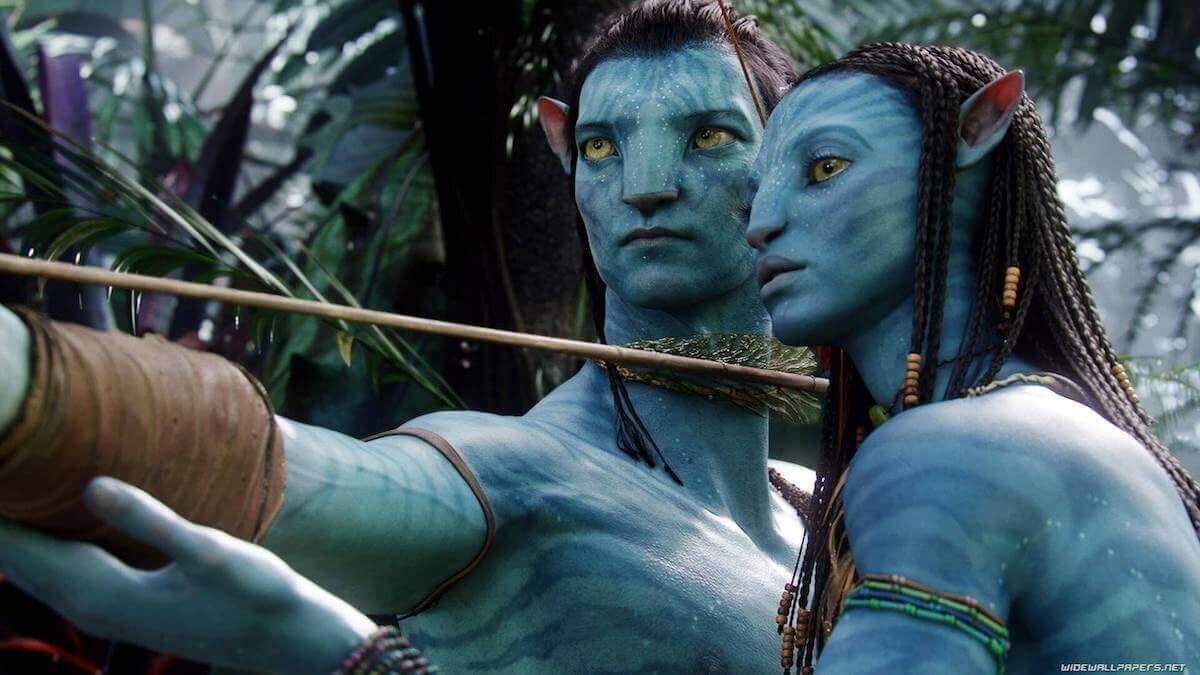Special effects have transformed the film industry, enhancing storytelling and creating immersive experiences. From practical effects to cutting-edge digital techniques, the evolution of special effects reflects advancements in technology and creativity. Here’s a look at how special effects have developed over the years.
Early Beginnings
Practical Effects and Optical Tricks
The origins of special effects can be traced back to the late 19th century. Early filmmakers, such as Georges Méliès, used practical effects and optical tricks to create illusions on screen. Méliès is known for his groundbreaking work in films like “A Trip to the Moon,” where he employed techniques like stop motion and double exposure to achieve fantastical visuals.
The Silent Era
Miniatures and Puppetry
During the silent film era, filmmakers used miniatures and puppetry to depict larger-than-life scenes. Movies like “Metropolis” showcased intricate miniature sets to create a futuristic cityscape. These practical effects added depth and realism, allowing filmmakers to tell more complex stories.
The Golden Age of Hollywood
Matte Paintings and Miniatures
The 1930s to the 1960s marked a golden age for special effects in Hollywood. Matte paintings became a popular technique, enabling filmmakers to extend landscapes and create stunning backgrounds. Miniature models were also extensively used in films like “King Kong” and “The Wizard of Oz,” bringing imaginative worlds to life.
The Advent of CGI
Revolutionizing Visual Effects
The 1990s brought a significant shift in special effects with the advent of computer-generated imagery (CGI). Films like “Jurassic Park” showcased the potential of CGI, blending live-action with digitally created dinosaurs. This marked a turning point, as filmmakers began to explore the possibilities of digital effects to create more realistic and fantastical visuals.

Integration of Practical and Digital Effects
Blending Techniques for Realism
As technology advanced, filmmakers started to integrate practical effects with CGI for a more seamless experience. Movies like “The Lord of the Rings” trilogy utilized both practical effects, such as miniatures and animatronics, alongside CGI to create stunning visuals. This combination allowed for greater creative freedom while maintaining a sense of realism.
The Rise of Motion Capture
Bringing Characters to Life
Motion capture technology emerged as a game-changer in the 2000s, enabling actors’ performances to be digitally translated onto animated characters. Films like “Avatar” and “The Adventures of Tintin” utilized motion capture to create lifelike characters in fantastical worlds. This technique has since become a standard practice in animation and visual effects.
Advancements in Technology
Realism and Immersion
Recent years have seen significant advancements in special effects technology. High-definition cameras, improved CGI software, and enhanced rendering techniques have elevated the quality of visual effects. Films like “Blade Runner 2049” and “Dune” showcase stunning visuals that blur the line between reality and imagination, immersing audiences in richly detailed worlds.
Virtual Reality and Augmented Reality
The Future of Storytelling
As technology continues to evolve, the integration of virtual reality (VR) and augmented reality (AR) is shaping the future of special effects. These technologies offer immersive experiences that allow audiences to engage with stories in unprecedented ways. As filmmakers experiment with VR and AR, the possibilities for storytelling are expanding.
Conclusion
The evolution of special effects in movies reflects the ongoing innovation within the film industry. From practical techniques to advanced CGI, special effects have continually enhanced storytelling and captivated audiences. As technology continues to advance, the future promises even more exciting developments in the realm of visual effects.




